Saturated fat doesn’t just live in burgers or fries. It hides in all kinds of everyday foods that seem totally innocent—or even healthy.
From creamy coffee add-ins to snack bars and quick dinners, these items may quietly load your plate with more fat than you bargained for. If you’re trying to eat a little smarter for your heart and gut, knowing where that hidden fat comes from is a good place to start.
Here’s a closer look at 15 everyday foods that sneak more saturated fat into your day than you might expect.
1. Coffee Creamers (Even Non-Dairy Ones)
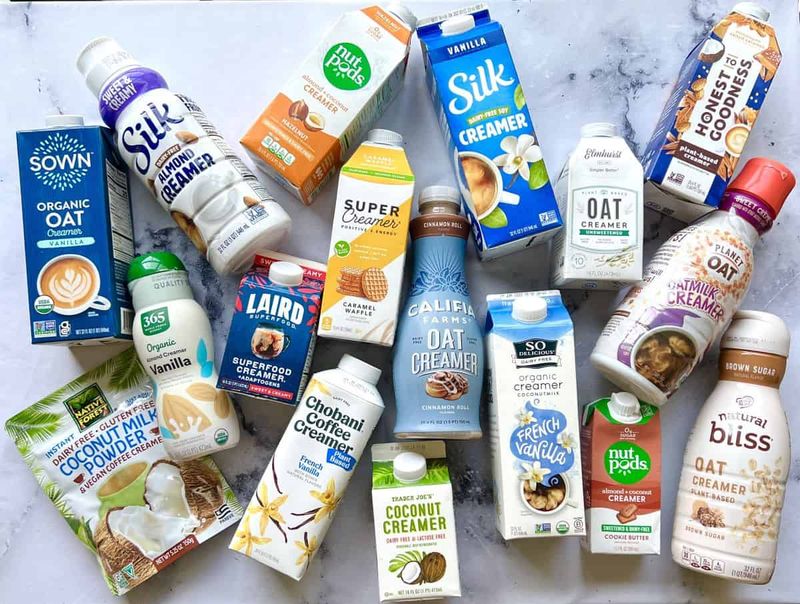
Many coffee creamers—especially flavored or “non-dairy” varieties—are packed with oils like coconut or palm to mimic that rich, velvety texture. Some use partially hydrogenated fats that add saturated fat while keeping the product shelf-stable and ultra creamy.
Even a tablespoon or two each morning can quietly add up, especially for people who drink several cups a day. Opting for plain milk, oat milk, or a low-fat option can reduce your intake without sacrificing that cozy café feel.
2. Granola And Energy Bars
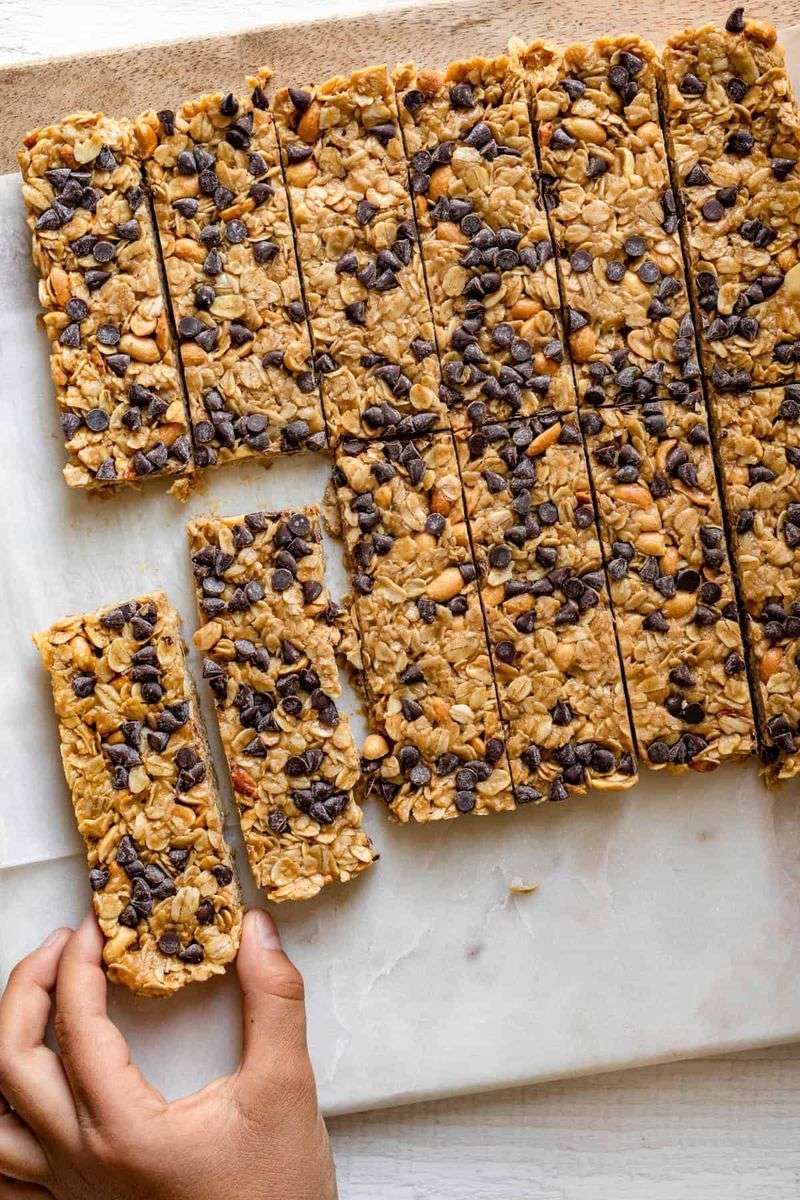
Marketed as health food, many bars hide their fat content behind buzzwords like “natural” or “protein-packed.” Ingredients like palm oil, peanut butter blends, and chocolate coatings can push the saturated fat higher than you’d expect.
Some bars have more in common with candy than breakfast. If you’re relying on them for fuel, look for versions with visible whole nuts, seeds, and oats, and keep saturated fat under 2 grams per serving.
3. Store-Bought Muffins And Pastries
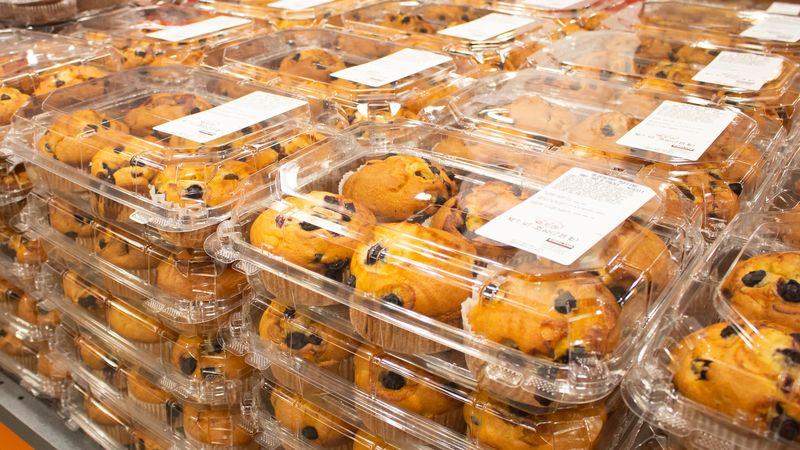
The moist texture and long shelf life of supermarket muffins often come from saturated fat-rich oils and shortening. Even muffins labeled as “bran” or “low-fat” can contain surprising amounts due to hidden ingredients and oversized portions.
One muffin can pack as much saturated fat as a cheeseburger. Baking your own at home with whole grains and heart-healthy oils can cut the fat and still deliver on taste.
4. Flavored Yogurts
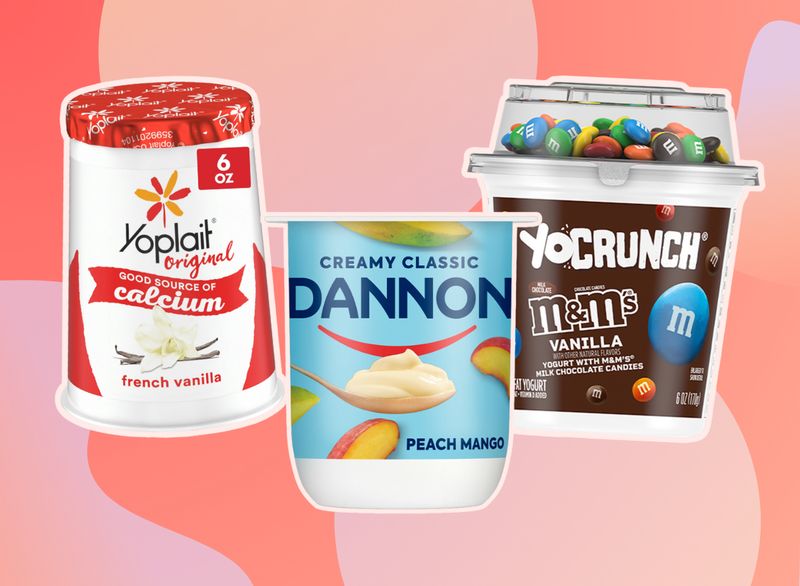
Yogurt sounds healthy, but the flavored ones often use cream, whole milk, and sugar-laden fruit blends to create a dessert-like texture. Some brands have as much saturated fat as a scoop of premium ice cream.
Even seemingly light options can be deceptive if you’re not reading the fine print. Try plain Greek yogurt and dress it up with real fruit and cinnamon for a gut-friendly, low-fat swap.
5. Microwave Popcorn With Butter
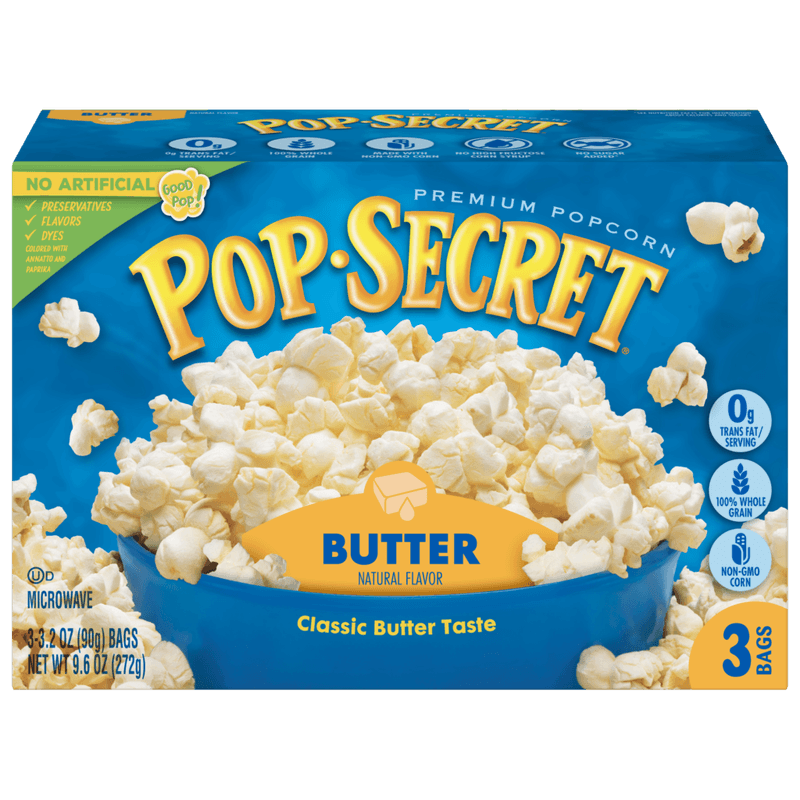
The buttery scent wafting from a microwave bag often comes from artificial flavorings mixed with palm oil or other saturated fats. Some “movie theater” versions pack 5 grams or more of saturated fat per serving.
Air-popped popcorn with a drizzle of olive oil or melted real butter gives you full control. It’s a satisfying, crunchy snack without the chemical-laced, fat-heavy coating.
6. Pre-Made Frozen Pizzas

Frozen pizzas can contain layers of saturated fat—from cheese blends and processed meats to crusts brushed with palm or soybean oil. Stuffed crusts and “extra cheese” versions are especially high in hidden fats.
Even veggie-topped pies aren’t always safe. Thin crust and vegetable-only toppings help, but making your own from scratch or using a whole grain base is the best bet.
7. Instant Noodle Cups
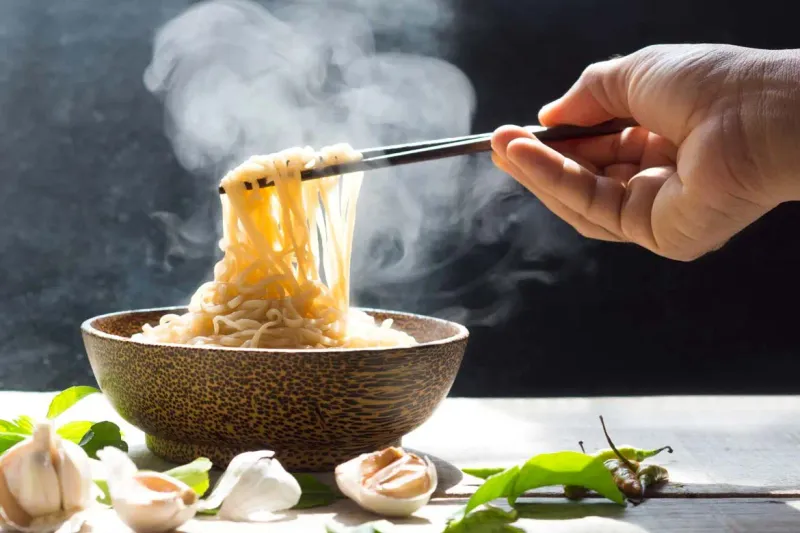
The noodles in these cups are often fried in palm oil before packaging, locking in saturated fat before you even add the flavor packet. The soup base can also contain hydrogenated oils and dairy-derived ingredients.
It’s a lot of fat for something that barely fills you up. Try a broth-based alternative with fresh veggies and rice noodles to get that comfort without the cost to your health.
8. Chocolate Bars (Especially Milk And White)

Milk and white chocolate bars often rely on cocoa butter, milk solids, and added oils to create a creamy texture. That luxurious melt-in-your-mouth feel comes with a dose of saturated fat.
Dark chocolate is typically lower in fat and sugar. Choose bars with 70% cacao or higher for a more balanced indulgence that still hits the sweet spot.
9. Packaged Mac And Cheese
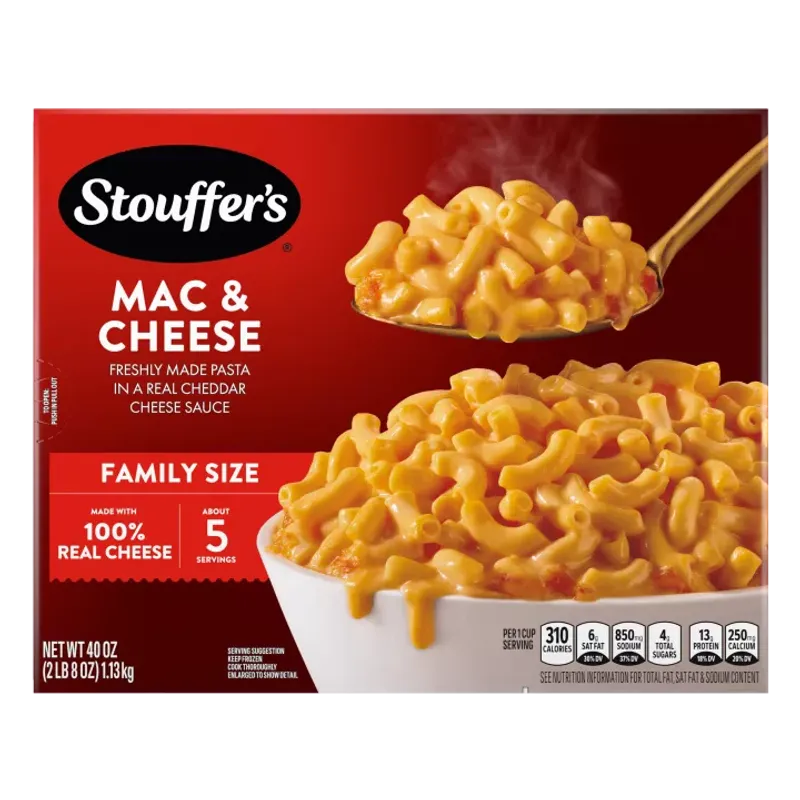
Whether it’s a powdered cheese packet or a premade sauce pouch, boxed mac and cheese is usually high in saturated fat. Butter or cream is often added during prep, pushing levels even higher.
The cheesy comfort comes at a nutritional cost. Making your own with reduced-fat cheese and whole grain pasta can satisfy the craving while keeping fat in check.
10. Canned Soups With Cream
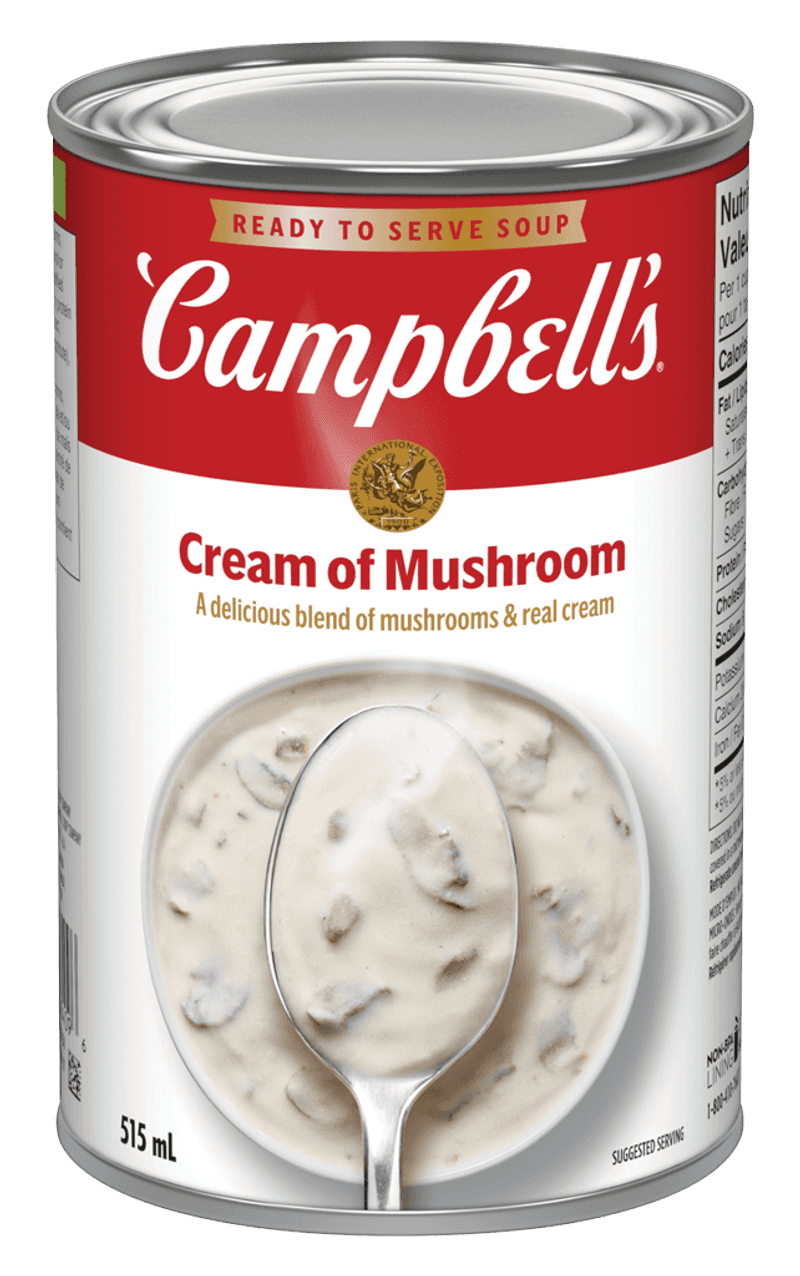
Creamy soups like chowders, bisques, and cream of mushroom often get their body from heavy cream or butter. That makes them silky—but also high in saturated fat per bowl.
Broth-based options with lentils or vegetables are usually much lower in fat. Check the label for “cream” high on the ingredient list before assuming it’s a healthy meal.
11. Whipped Toppings
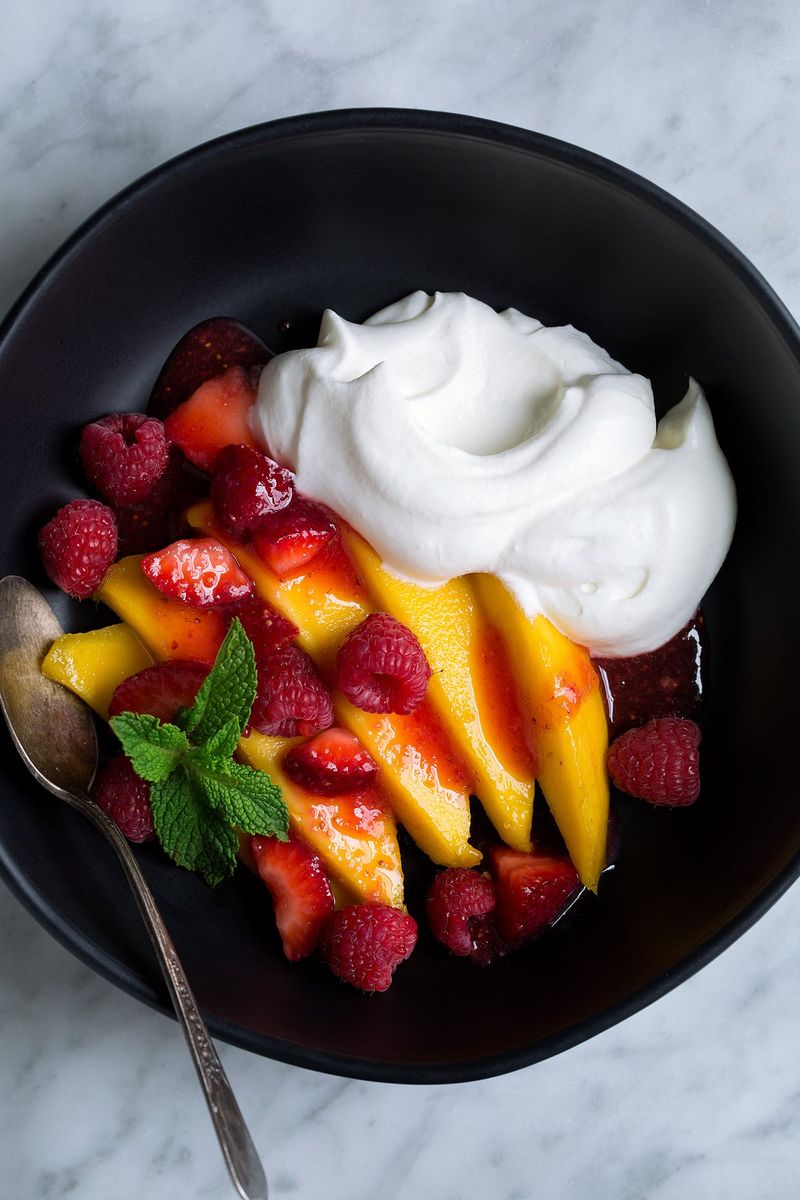
Whipped creams and non-dairy toppings often get their airy structure from hydrogenated vegetable oils or coconut oil. These help them hold shape, but also add saturated fat.
Even a few tablespoons can rival the fat content of ice cream. Look for real whipped cream made with skim milk or try coconut-based versions with no added oils.
12. Cheese-Stuffed Snacks
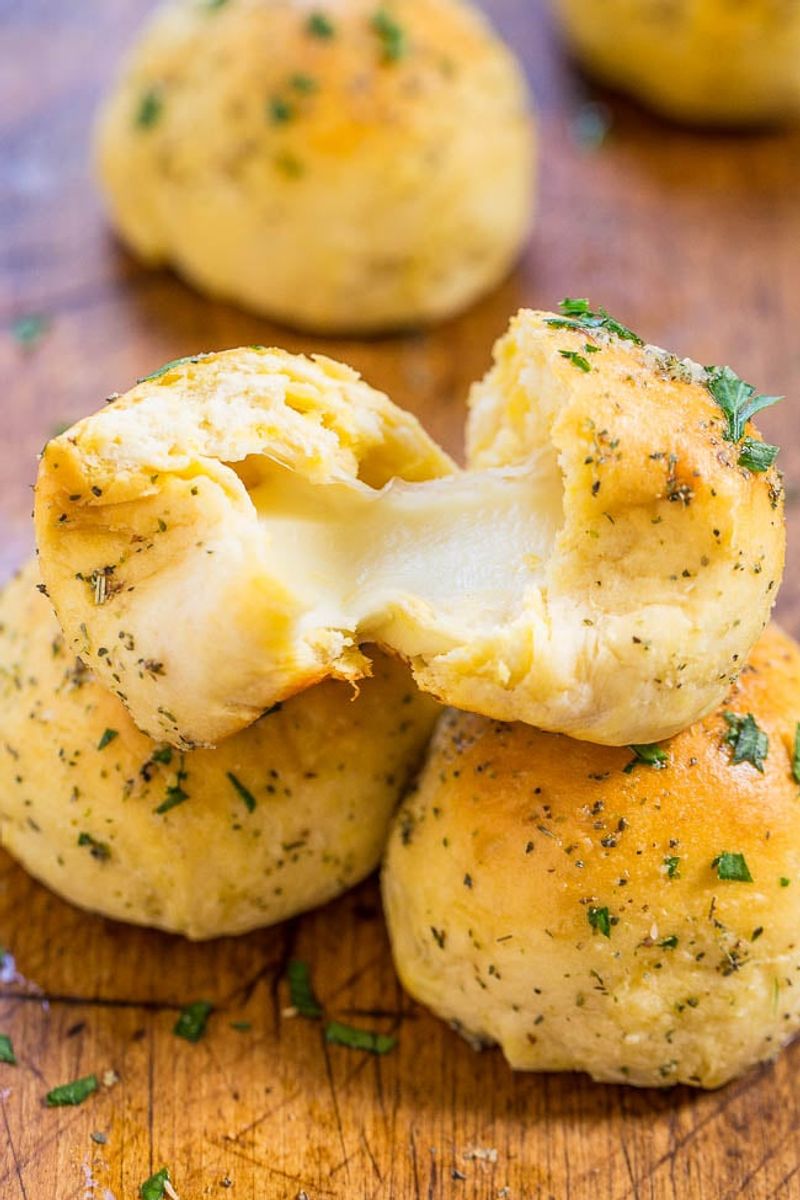
Frozen mozzarella sticks and cheesy snack bites combine breading, oil, and processed cheese for a saturated fat triple threat. One serving often packs more fat than a slice of pizza.
These snacks are engineered to be rich and addictive. Occasional treats are fine, but they’re not a smart daily go-to.
13. Crackers Made With Palm Oil

That flaky, buttery texture in some snack crackers is thanks to palm or coconut oil—both naturally high in saturated fat. Even savory crackers can have hidden fats if they’re shelf-stable for months.
Scan the label for ingredients like “vegetable shortening” or “hydrogenated oils.” Whole grain or seed-based crackers are a better crunchy option.
14. Ice Cream And Milkshakes
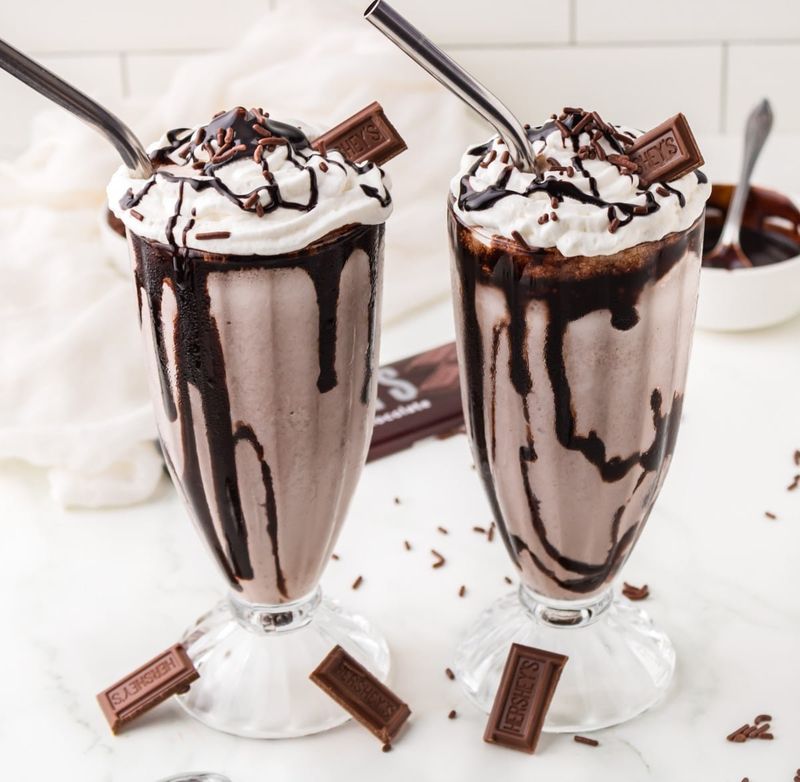
The creamy richness of ice cream and milkshakes usually comes from full-fat cream and sometimes even egg yolks. Premium brands and “extra-chunky” flavors can pack 10 grams or more per serving.
A milkshake from a diner can contain more than your daily limit. Try sorbet, frozen banana soft-serve, or Greek yogurt-based versions for something lighter.
15. Salad Dressings With Cream Bases

Ranch, Caesar, and blue cheese dressings use sour cream, mayonnaise, or buttermilk—each loaded with saturated fat. Just two tablespoons can double what’s in an entire lean meal.
Vinegar-based dressings with olive oil offer better balance. Or make your own with lemon, herbs, and mustard to keep things light and flavorful.

